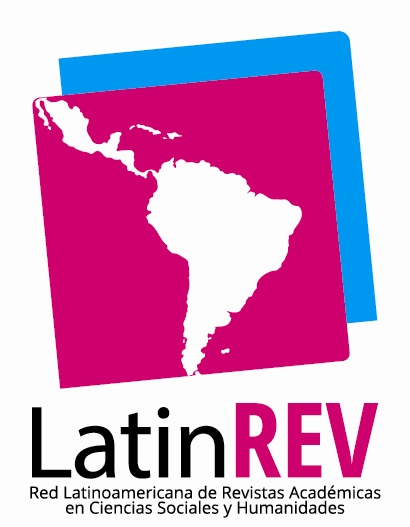Clinical and molecular characteristics of patients with Duchenne and Becker muscular dystrophy at the Guillermo Almenara Irigoyen National Hospital, Perú, 1997-2007
DOI:
https://doi.org/10.58597/rpe.v1i1.10Keywords:
Muscular Dystrophies, Rare Diseases, ChildrenAbstract
Background:Duchenne (DMD) and Becker (BMD) muscular dystrophies are recessively inherited diseases linked to the X chromosome due to mutations in the dystrophin gene. In Peru, there are studies in the pediatric population on DMD/DMB.Objective: To describe the clinical and molecular characteristics of patients with Duchenne and Becker muscular dystrophy at the Guillermo Almenara Irigoyen National Hospital, 1997-2007.Methodology: Observational, descriptive and cross-sectional study. Medical records of patients admitted to the Cytogenetics and Cytopathology service were reviewed. A collection sheet was designed to collect information on sociodemographic data, age and sex, and the second section of clinical and molecular data. For statistical analysis, the SPSS v.13 package was used.Results: Of the 93 clinical histories of patients with suspected diagnosis of muscular dystrophies. It was found that 40 patients (43%) had a clinical diagnosis of DMD. Of these, 18 patients had a positive molecular mPCR study of a deletion in one or more exons of the dystrophin gene. In patients with dystrophin deletion, almost all were male, and the average age of diagnosis was 6.5 ± 1.63 years.Conclusion: It was found that approximately four out of ten of the patients with dystrophies had a clinical diagnosis of DMD. In the molecular study by mPCR, almost half had a positive result for the deletion of one or more exons of the DMD gene.
Downloads
Downloads
Published
Issue
Section
License
Copyright (c) 2022 Hugo Hernán Abarca-Barriga

This work is licensed under a Creative Commons Attribution 4.0 International License.

















